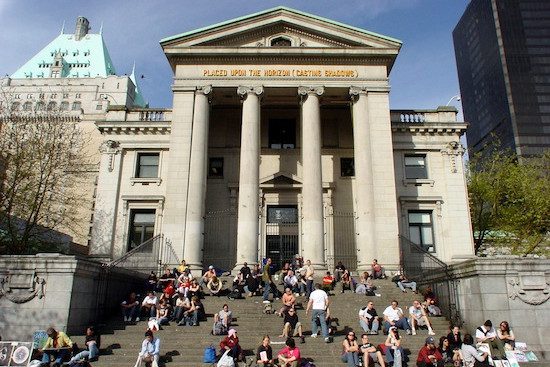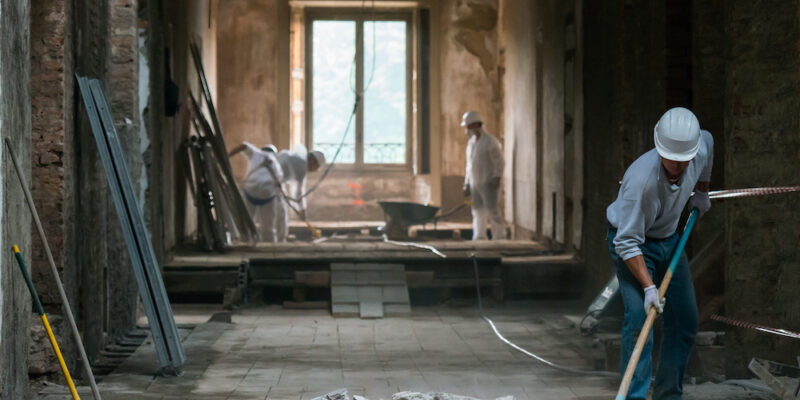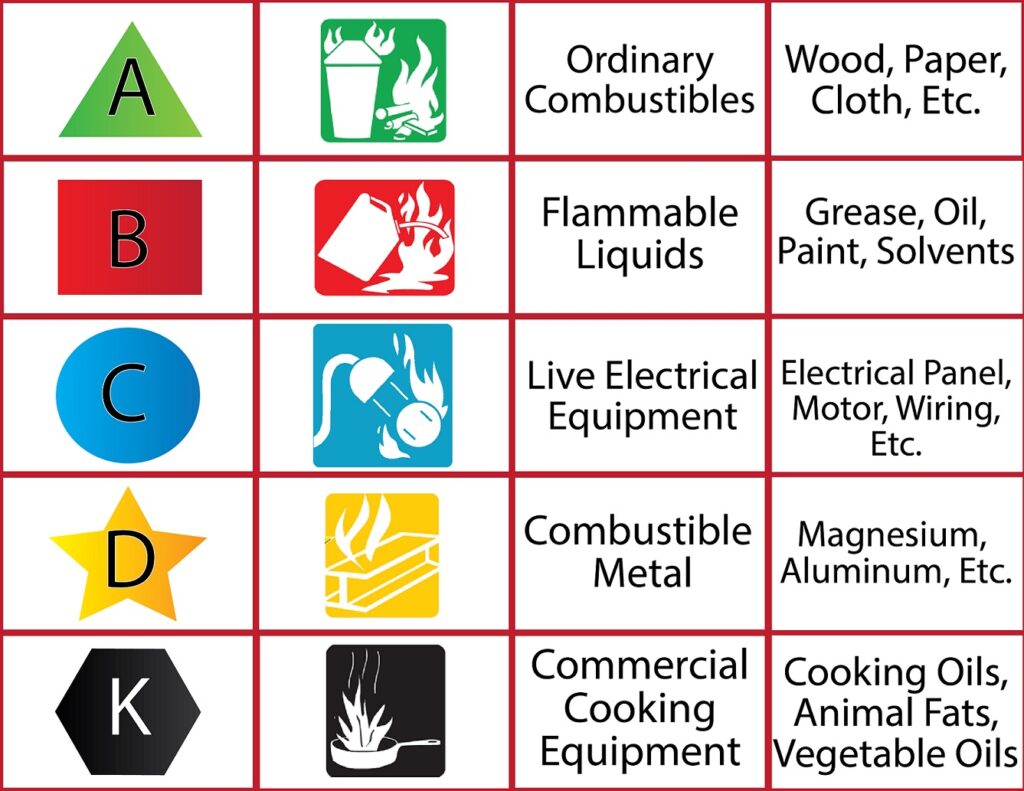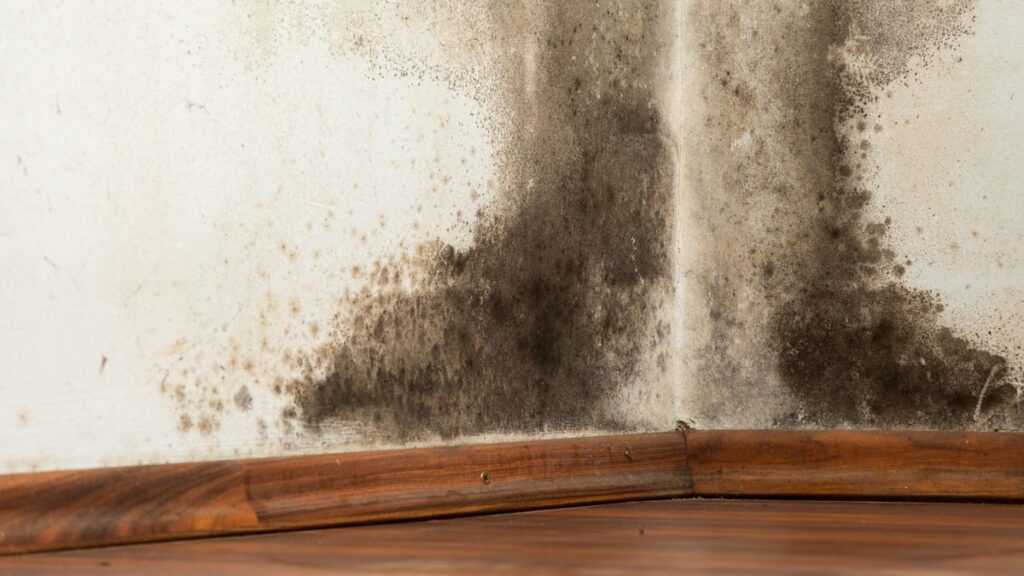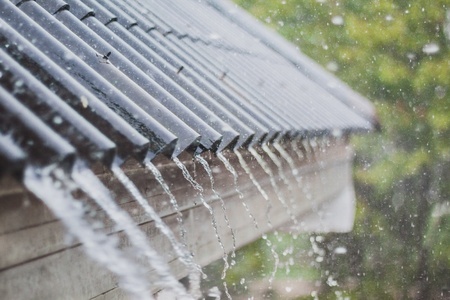Historical buildings hold a special place in our collective heritage, reflecting the architectural and cultural history of a bygone era. However, restoring these structures requires a unique set of considerations and techniques to preserve their authenticity while ensuring their longevity. In this article, we delve into the challenges faced in restoring historical buildings and explore the solutions that enable us to safeguard these valuable treasures for future generations.
- Preserving Architectural Heritage: Historical buildings often boast unique architectural features and designs that are representative of a specific time period. The challenge lies in maintaining the original character while addressing structural issues and making necessary repairs. Restoration experts employ meticulous research and analysis to understand the building’s history and architectural style, ensuring that every effort is made to preserve its original aesthetic appeal.
- Structural Stability: One of the primary concerns when restoring historical buildings is addressing structural stability. Over time, these structures may have experienced decay, settling, or damage due to natural disasters or neglect. Restorers work closely with structural engineers to assess the building’s integrity, identify weak points, and develop solutions to reinforce or repair compromised areas. This involves a combination of traditional craftsmanship and modern engineering techniques to ensure both stability and authenticity.
- Historical Materials and Techniques: Historical buildings often feature construction materials and techniques that differ from contemporary methods. The restoration process requires a deep understanding of these traditional materials, such as lime mortar, timber framing, or ornate plasterwork. Skilled craftsmen with expertise in historical restoration employ traditional techniques or source specialized materials to match the original construction methods, maintaining the building’s authenticity and historical significance.
- Compliance with Building Codes and Regulations: While restoring historical buildings, it is essential to strike a balance between preservation and compliance with modern building codes and regulations. Restorers must work closely with local authorities to ensure that safety standards are met without compromising the building’s historical integrity. This involves navigating through the intricate legal and bureaucratic landscape, obtaining necessary permits, and seeking approvals for modifications or alterations while maintaining the building’s original character.
- Conservation of Art and Artifacts: Many historical buildings house valuable art pieces, murals, stained glass windows, or intricate decorative elements that require special attention during restoration. Conservation experts employ careful techniques to preserve and restore these artistic treasures, addressing issues such as deterioration, fading, or damage. The goal is to revive the original splendor while protecting and conserving these valuable cultural artifacts for future generations to appreciate.
Restoring historical buildings is a labor of love and a vital endeavor in preserving our architectural heritage. By overcoming challenges related to architectural preservation, structural stability, historical materials, compliance with regulations, and art conservation, restoration experts ensure that these buildings stand the test of time. Through their expertise and dedication, they breathe new life into these treasures, enabling us to experience and appreciate the beauty and significance of our past for years to come.

